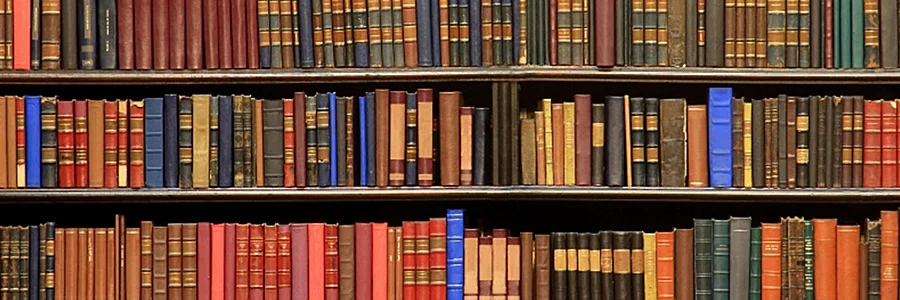Knowledge Base > Paper
- What is alpha-cellulose? Generically speaking it is a long fiber used for making paper products out of a variety of materials including wood, cotton, and other plant materials. What's special about alpha-cellulose is that it is devoid of any of the acid-producing structures like lignin allowing for high quality archival papers to withstand the test of time and remain acid-free.
Technically speaking, it is the strongest, most durable form of polysaccharide chains derived from plant matter. What matters is that it makes great, archival paper.
What are 'mils'? Paper thickness is generally measured in thousandths of an inch or mils for short. A typical inkjet paper will measure anywhere from 10 to 25 mils depending on the structure, material and coatings. As a comparison, human hair ranges from 0.6 to 7 mils.
- What is C1S and C2S? C1S stands for Coated One (1) Side or single sided. C2S then is double sided, or Coated Two (2) Sides.
- Do you have scored cards? Yes. We have 7x10 scored sheets for 5x7 scored cards available in Entrada Rag Bright 190, Entrada Rag Natural 190 and Lasal Photo Matte 205. They are all printable on both sides. We also have Entradalopes available - matching envelopes to the 5x7 cards.
- What paper should I choose? Size
- If you have specific sizes that you are interested in, take a look at the available sizes for each paper that you are interested in. Some papers have sizes all the way down to 4x6", and some all the way up to 60" wide rolls.
- Tooth or surface texture
As a general rule, smoother papers hold more detail. Some papers have a significant tooth, and others are quite smooth. This is a personal preference. - Base color
Some papers, such as our Entrada line, are available in different base colors. Our Entrada Rag comes in Bright and Natural, and our Natural containes no optical brighteners. - Cost
Cost is almost always a consideration, and some papers have a lower cost than others. For example, alpha cellulose papers, like our Lasal Photo Matte and Kayenta Matte, can be used as everyday papers for proofing, and cotton rag papers, like our Entrada Rag, can be reserved for the 'final print'. - Final use of prints
Are your prints going to be displayed behind glass? Or in a portfolio box? In a hand-made book? Some papers will work better, given a certain intended output. For example, a cotton fine art paper may be a better choice if your prints are going to be handled, as there is a much higher end feel to these types of papers. - Emotional response
What do you want people to feel about your images? Find a paper that matches your vision of how you want your photographs to be perceived.
- Does your paper come grain short or long? The answer is yes (read on).
Depending on the converting yields, we cut our sheets in both short and long grain configurations and record the grain direction in the lot numbers with either a GL or GS for 'grain long' or 'grain short' respectively. If you have a project which requires a specific grain direction, simply work with your reseller or contact us so that we can check our inventories for what you need.
Rolls on the other hand are always grain long.
How do you determine long or short grain on paper? If the grain or fibers of the paper align themselves along the length of the paper or long side, the grain is said to be 'grain long'.
If you are folding a paper like Entrada or Kayenta for cards or books, you want the fold to run the same direction of the grain to create a clean edge and prevent cracking. If you are just making prints for framing, it doesn't make a difference.
- Which side of Anasazi Canvas is the print side? The brighter side is the print side.
- What is Mouldmade Paper? Mouldmade papers simulate the handmade process on a mechanised paper machine. These papers can be mistaken for handmade but there are distinct differences.
The mould is not held by the hand; instead it’s replaced by a slowly rotating cylinder mould, which picks up the paper stock from the vat. The paper is then deposited onto a continuously moving woollen felt.
Mould made paper combines the consistent quality of machine made (fourdrinier) papers, but with the individual character of handmade papers. Mouldmade papers are typically much stronger and flexible than a machinemade paper.
They are of particular interest to artists and printers because of their increased surface strength and beautiful surface texture. Mould made papers won't easily tear because the fibres lay randonly across the sheet, whereas, the fibres in fourdrinier papers tend to lie in one direction, making the sheet weak in this area.
Depending on the grade of paper, one of the characterists of mould made paper can be gorgeous deckle edges.


